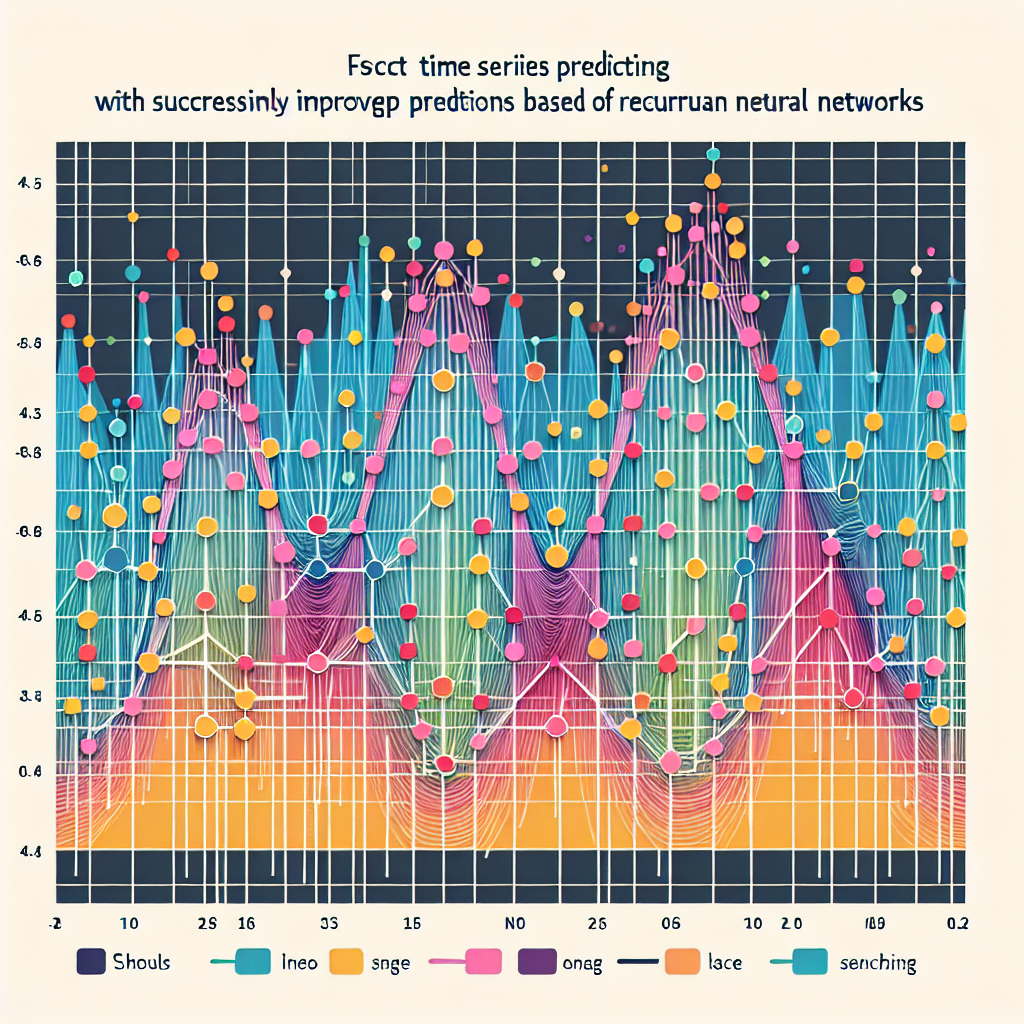Your cart is currently empty!
Advancements in Time Series Prediction with Recurrent Neural Networks

Time series prediction is a crucial task in various fields such as finance, weather forecasting, and stock market analysis. Traditional methods for time series prediction often rely on statistical techniques or machine learning algorithms. However, in recent years, advancements in deep learning have led to significant improvements in time series prediction accuracy, particularly with the use of recurrent neural networks (RNNs).
RNNs are a type of neural network that is designed to handle sequential data, making them well-suited for time series prediction tasks. Unlike traditional feedforward neural networks, RNNs have connections that loop back on themselves, allowing them to maintain a memory of past inputs. This memory enables RNNs to capture dependencies and patterns in sequential data, making them ideal for time series prediction.
One of the key advancements in RNN-based time series prediction is the development of long short-term memory (LSTM) networks. LSTMs are a type of RNN that is specifically designed to address the vanishing gradient problem, which can occur when training RNNs on long sequences of data. By incorporating memory cells and gating mechanisms, LSTMs are able to learn long-range dependencies in time series data, making them highly effective for predicting future values.
Another key advancement in time series prediction with RNNs is the use of attention mechanisms. Attention mechanisms allow RNNs to focus on specific parts of the input sequence that are most relevant for making predictions. By learning to weight different parts of the input sequence, RNNs with attention mechanisms can improve prediction accuracy and capture more complex patterns in the data.
In addition to LSTM networks and attention mechanisms, researchers have also explored the use of hybrid models that combine RNNs with other types of neural networks, such as convolutional neural networks (CNNs). By leveraging the strengths of both RNNs and CNNs, hybrid models can achieve even higher levels of accuracy in time series prediction tasks.
Overall, advancements in time series prediction with RNNs have significantly improved the accuracy and reliability of predictions in a wide range of applications. As researchers continue to explore new techniques and architectures, we can expect further advancements in the field of time series prediction, leading to more accurate forecasts and better decision-making in various industries.
#Advancements #Time #Series #Prediction #Recurrent #Neural #Networks,rnn

Leave a Reply